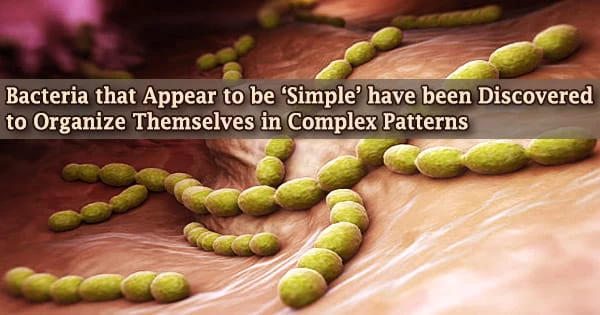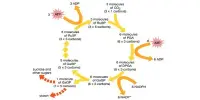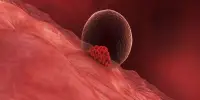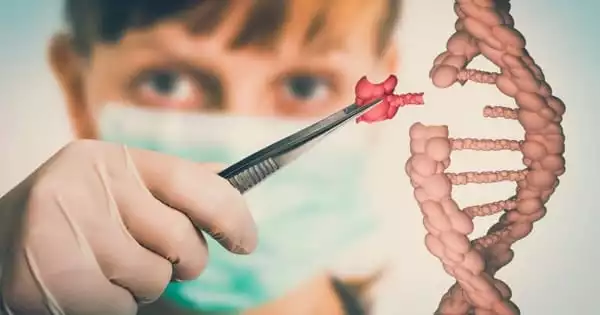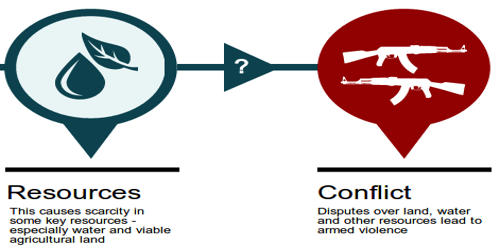Gürol Süel’s group at the University of California San Diego has discovered a number of amazing characteristics displayed by clusters of bacteria that dwell together in communities known as biofilms over the last several years.
Biofilms can be found in a variety of places in the living world, including sewer pipes, kitchen worktops, and even the surfaces of our teeth. A prior study found that these biofilms use sophisticated mechanisms to communicate with one another, while another found that biofilms had a strong memory capacity.
Bacteria are single-celled organisms, also known as simple organisms. Bacteria are robust and clever organisms that can survive in harsh environments despite their small size. Bacteria have a strong protective layer that makes them more resistant to white blood cells.
Süel’s lab, in collaboration with Stanford University and the Universitat Pompeu Fabra in Spain, has discovered a biofilm trait that reveals these communities to be significantly more evolved than previously thought.
Biofilm cells are arranged in elaborate patterns, a feature previously solely associated with higher-level organisms such as plants and animals, according to Biological Sciences graduate student Kwang-Tao Chou, former Biological Sciences graduate student Daisy Lee, Süel, and his colleagues.
The findings, which are the result of eight years of research, were published in the journal Cell on January 6th. A flagellum is a tail that some bacteria have. A bacterium’s flagellum allows it to move around. Other bacteria have sticky hair-like appendages that allow them to adhere to one another, hard surfaces, and human body cells.
“We are seeing that biofilms are much more sophisticated than we thought,” said Süel, a UC San Diego professor in the Division of Biological Sciences’ Section of Molecular Biology, with affiliations in the San Diego Center for Systems Biology, BioCircuits Institute, and Center for Microbiome Innovation.
“From a biological perspective, our results suggest that the concept of cell patterning during development is far more ancient than previously thought. Apparently, the ability of cells to segment themselves in space and time did not just emerge with plants and vertebrates, but may go back over a billion years.”
We are seeing that biofilms are much more sophisticated than we thought. From a biological perspective, our results suggest that the concept of cell patterning during development is far more ancient than previously thought. Apparently, the ability of cells to segment themselves in space and time did not just emerge with plants and vertebrates, but may go back over a billion years.
Süel
Biofilm communities are made up of a variety of cells. Previously, scientists did not believe that these diverse cells could be ordered into intricate, regulated patterns.
The researchers created experiments and a mathematical model to uncover the genetic foundation for a “clock and wavefront” process, which had previously only been seen in highly evolved creatures such as plants, fruit flies, and humans.
As the biofilm grows and consumes nutrients, a “wave” of nutrient depletion sweeps across the bacterial community, freezing a molecular clock inside each cell at a specific time and location, resulting in a complex composite pattern of repeated segments of different cells types.
The ability to uncover the genetic circuit underpinning the biofilm’s ability to form community-wide concentric rings of gene expression patterns was a milestone for the researchers. The researchers were then able to develop predictions that showed biofilms could create numerous segments on their own.
“Our discovery demonstrates that bacterial biofilms employ a developmental patterning mechanism hitherto believed to be exclusive to vertebrates and plant systems,” the authors note in the Cell paper.
The findings of the study have ramifications in a variety of fields of study. Biofilms are of interest in applications ranging from medical to the food industry, and even the military, due to their pervasiveness in our lives.
Biofilms, as platforms capable of testing how simple cell systems may organize themselves into complex patterns, could be beneficial in developmental biology, for example, to explore specific features of the clock and waveform mechanism in vertebrates.
“We can see that bacterial communities are not just globs of cells,” said Süel, who envisions research collaborations offering bacteria as new paradigms for studying developmental patterns.
“Having a bacterial system allows us to provide some answers that are difficult to obtain in vertebrate and plant systems because bacteria offer more experimentally accessible systems that could provide new insights for the field of development.”
Coauthors of the paper include: Kwang-Tao Chou (UC San Diego graduate student), Dong-yeon Lee (former UC San Diego graduate student, now a postdoctoral scholar at Stanford University), Jian-geng Chiou (UC San Diego postdoctoral scholar), Leticia Galera-Laporta (UC San Diego postdoctoral scholar), San Ly (former UC San Diego researcher), Jordi Garcia-Ojalvo (Universitat Pompeu Fabra Professor) and Gürol Süel (UC San Diego Professor).
